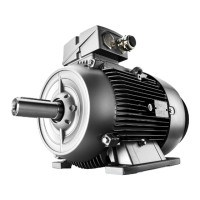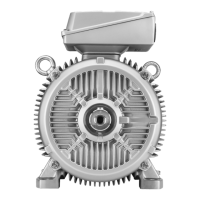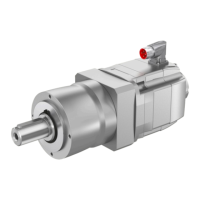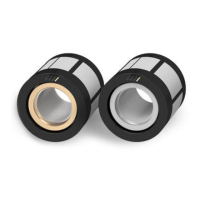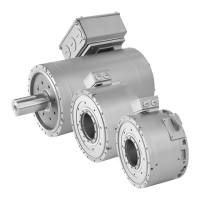Preparing for use
4.14 Converter operation
1LA5/6/7/9, 1LG4/6, 1MA6/7, 1MB..1/2/3/4/5 - SH 63 ... 355
48 Operating Instructions, 06/2018, A5E44455710A
Reducing bearing currents for converter operation
Taking the following actions will reduce the bearing currents:
● Ensure that the contacts are made over a large area. Solid copper cables are not suitable
for high-frequency grounding because of the skin effect.
Equipotential bonding conductors:
Use equipotential bonding conductors:
● between motor and driven machine
● between motor and converter
● between the terminal box and the RF grounding point at the motor enclosure.
Selecting and connecting the cable
As far as possible, use symmetrically arranged, shielded connection cables. The cable
shielding, made up of as many strands as possible, must have good electrical conductivity.
Braided shields made of copper or aluminum are very suitable.
● The shield is connected at both ends, at the motor and converter.
● To ensure good discharging of high-frequency currents, provide contacting over a large
surface area:
– as contact established through 360° at the converter
– at the motor, for instance with EMC glands at the cable entries.
● If the cable shield is connected as described, then it ensures the specified equipotential
bonding between the motor enclosure and converter. A separate RF equipotential
bonding conductor is then not necessary.
Concentric copper or aluminum shield
● If the cable shield is not connected due to special secondary conditions, or not
adequately connected, then the specified equipotential bonding is not provided. In this
particular case, use a separate RF equipotential bonding conductor:
– Between the motor enclosure and protective ground rail of the converter.
– Between motor enclosure and driven machine
– Use braided flat copper straps or high-frequency cables with finely-stranded
conductors for the separate RF equipotential bonding cable.
– Ensure that the contacts are made over a large area.
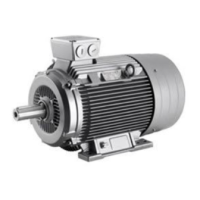
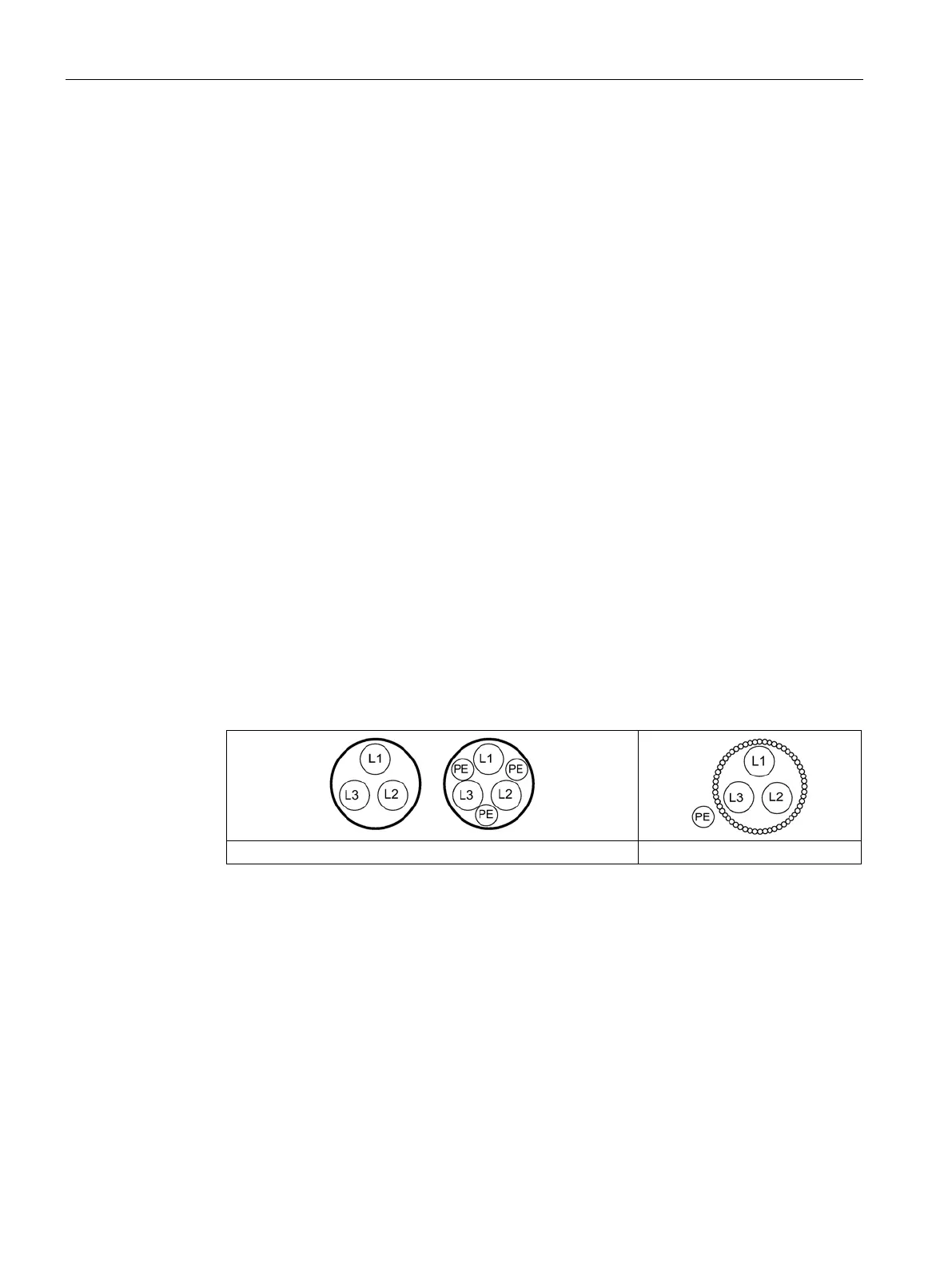